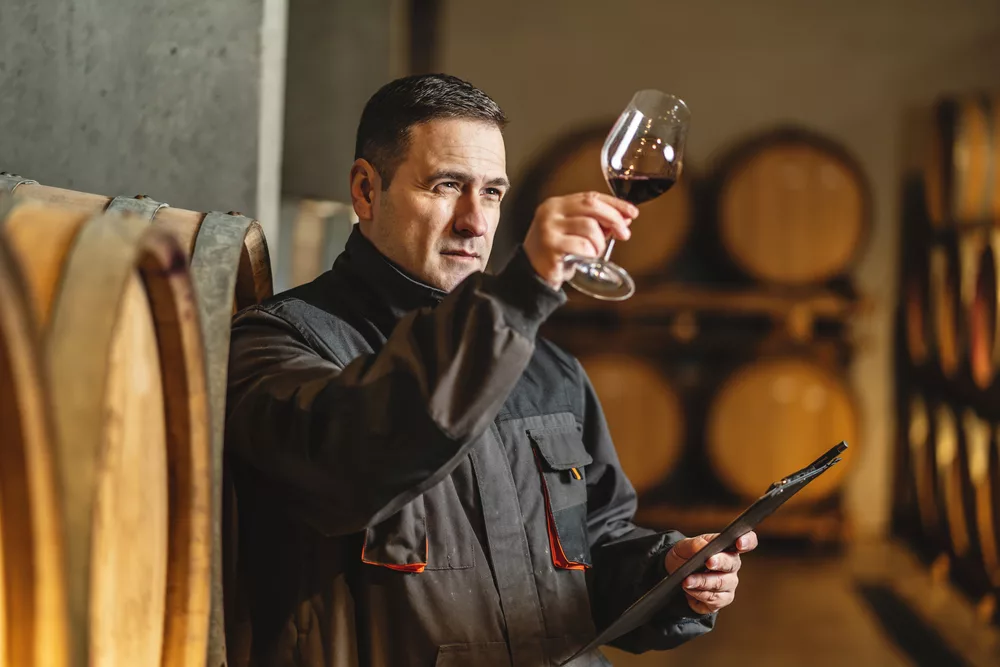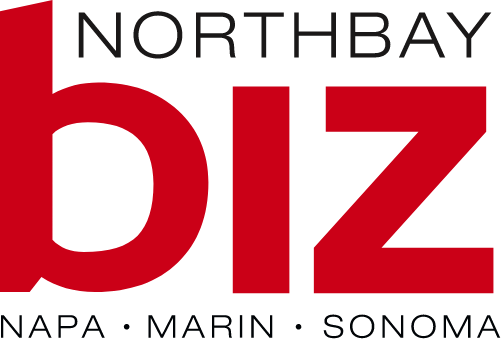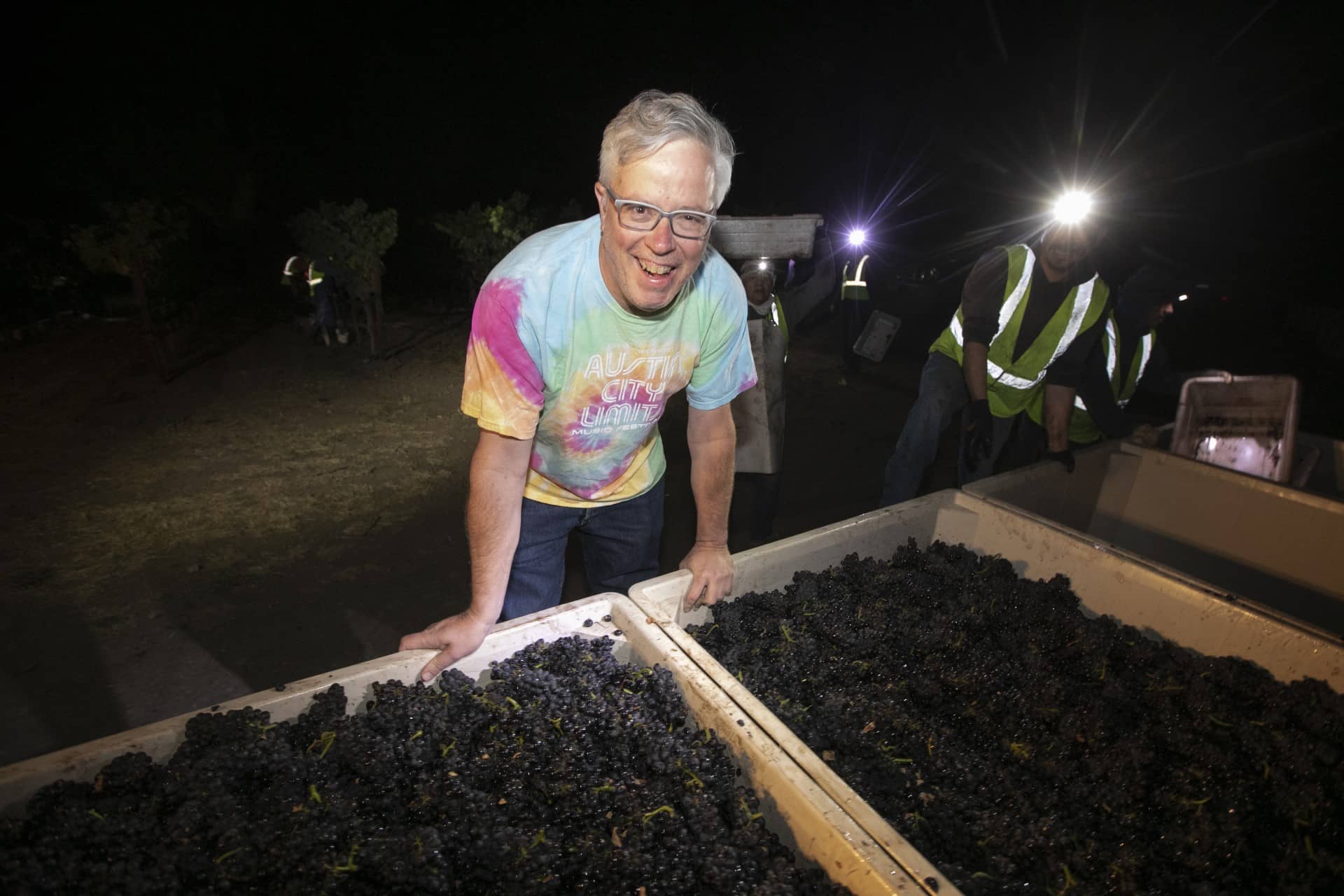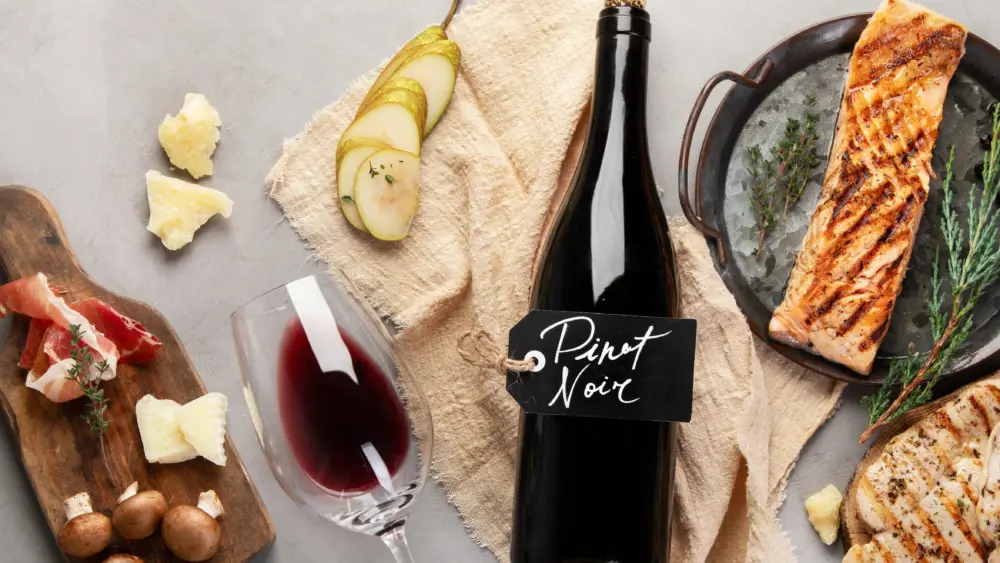
In the coming months, winemakers will embark on the final stage of crafting their 2024 wines: blending. This process is where winemakers truly make their mark, finalizing the character and experience that each bottle will deliver. Harvest, with its brisk morning walks with growers, the crew singing in the vineyard, and even the long but rewarding hours spent around the sorting table, is full of communal energy. However, blending the fruit of those labors is often more a solitary endeavor. It takes place in quiet spaces—labs, conference rooms or even kitchen tables—where winemakers make their last crucial decisions about what consumers will taste.
To offer a unique perspective on blending, I spoke with three respected winemakers known for their skill in this area. Matt Revelette from Siduri Wines focuses primarily on pinot noir, blending more vineyard sites and sections than nearly anyone else. Dan Petroski of Massican Wines brings together unique Italian grape varieties (alongside chardonnay) to create distinctive California white wines. And Scot Bilbro of Marietta Cellars, a longtime friend, blends a range of red varietals, producing wines of remarkable depth. Scot, in fact, is one of the finest blenders I’ve ever had the pleasure of working alongside—matched only by the great Philippe Cambie from France.
I began by asking each winemaker how they view aromatics when blending. Their responses were surprisingly varied. Dan emphasized, “Aromatics are everything to me! My main goal in blending is to ask: Does this wine smell like its predecessor?” Matt approached it with caution: “Aromatics are tricky; factors like maturation in new oak and volatile esters can shift between trial blends and bottling. I find weight and texture easier to predict.” Scot balanced both perspectives, saying, “With good base materials it’s relatively easy to get either the aromatics or mouthfeel where I want them. But getting both just right in a single blend can be challenging.”
Perhaps these differences stem from the grapes each winemaker uses. Scot noted, “Blending whites leaves less room for error. With reds, there’s more flexibility, but white wines are more vulnerable to becoming unbalanced since everything is exposed and stripped bare.” Dan, when working with whites, relies heavily on the wine’s chemistry: “Chemistry serves as guardrails to keep everything on track.” Matt, while using the same “guardrails” metaphor, focused on the unpredictability: “Science helps ensure blends make sense on paper, but sometimes, the art defies logic. When it all clicks, it’s thrilling, but it’s maddening when it doesn’t.”
I then asked whether they see blending as more of an art or a science. Scot mused, “It depends on your approach—like choosing two different ways to navigate through the woods. The scientific approach is goal-oriented, while the artistic approach values the journey. The best path depends on your end goals.” Dan reflected, “I don’t usually call winemaking an art. Does a chef add a pinch of salt and call it art? Blending is part of the job.” Yet he added, “My favorite part of winemaking is my post-harvest blending weekend in early November. I taste all my lots for quality, and I blend at my kitchen table. It’s my favorite weekend of the year.” To me, that resonates with the soul of an artist.
One final story from my own blending history: In 2001, I began making wine for Roar Winery, where I worked alongside Gary Franscioni, a top-tier California grape grower. When it came time to blend the wine in the spring of 2002, Gary brought along his teenage son, Adam, to witness the process. After hours of careful tasting and fine-tuning, young Adam asked if he could try blending a wine too. We thought it was endearing and included his blend in our final blind tasting. One blend clearly outshone the others, and to everyone’s surprise, it turned out to be “Adam’s wine”—not mine, but young Adam Franscioni’s! Luckily, Gary decided to keep me on as the winemaker rather than promoting his talented 14-year-old son.
Blending may be solitary work, but it’s moments like these that make it a shared experience, rich with stories, artistry and a bit of science woven in.




